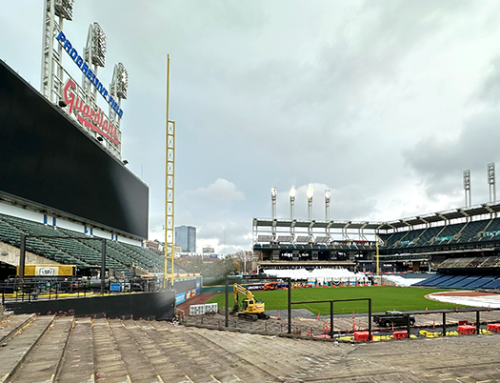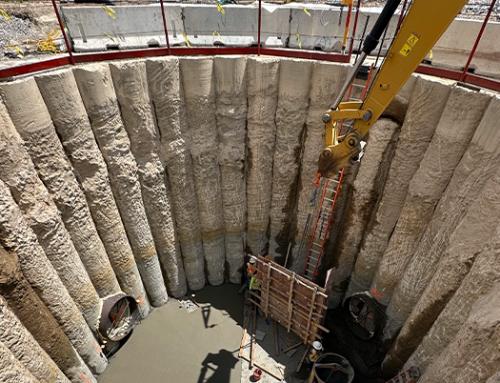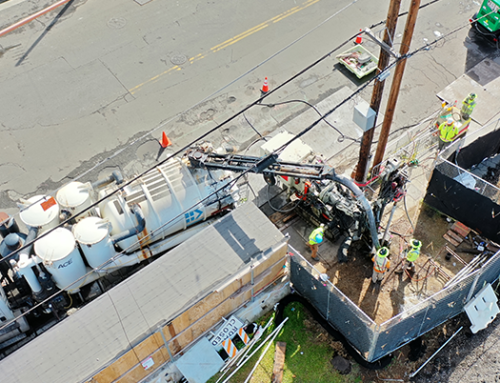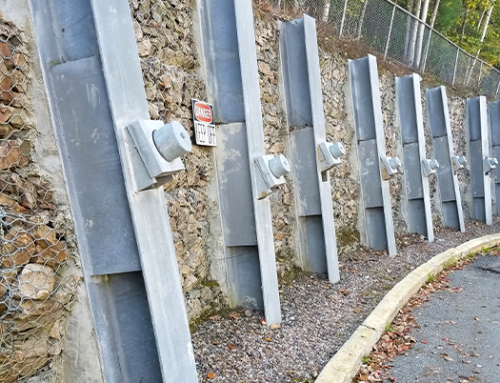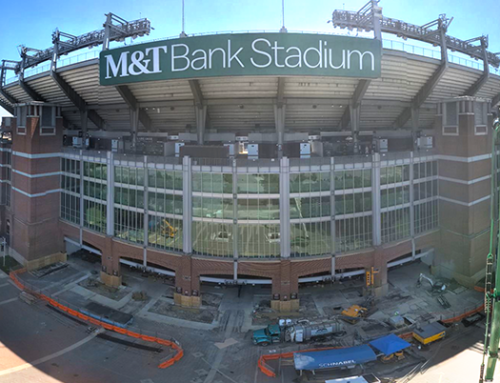I-66 Segment 3-A Sound Wall | Fairfax, Virginia
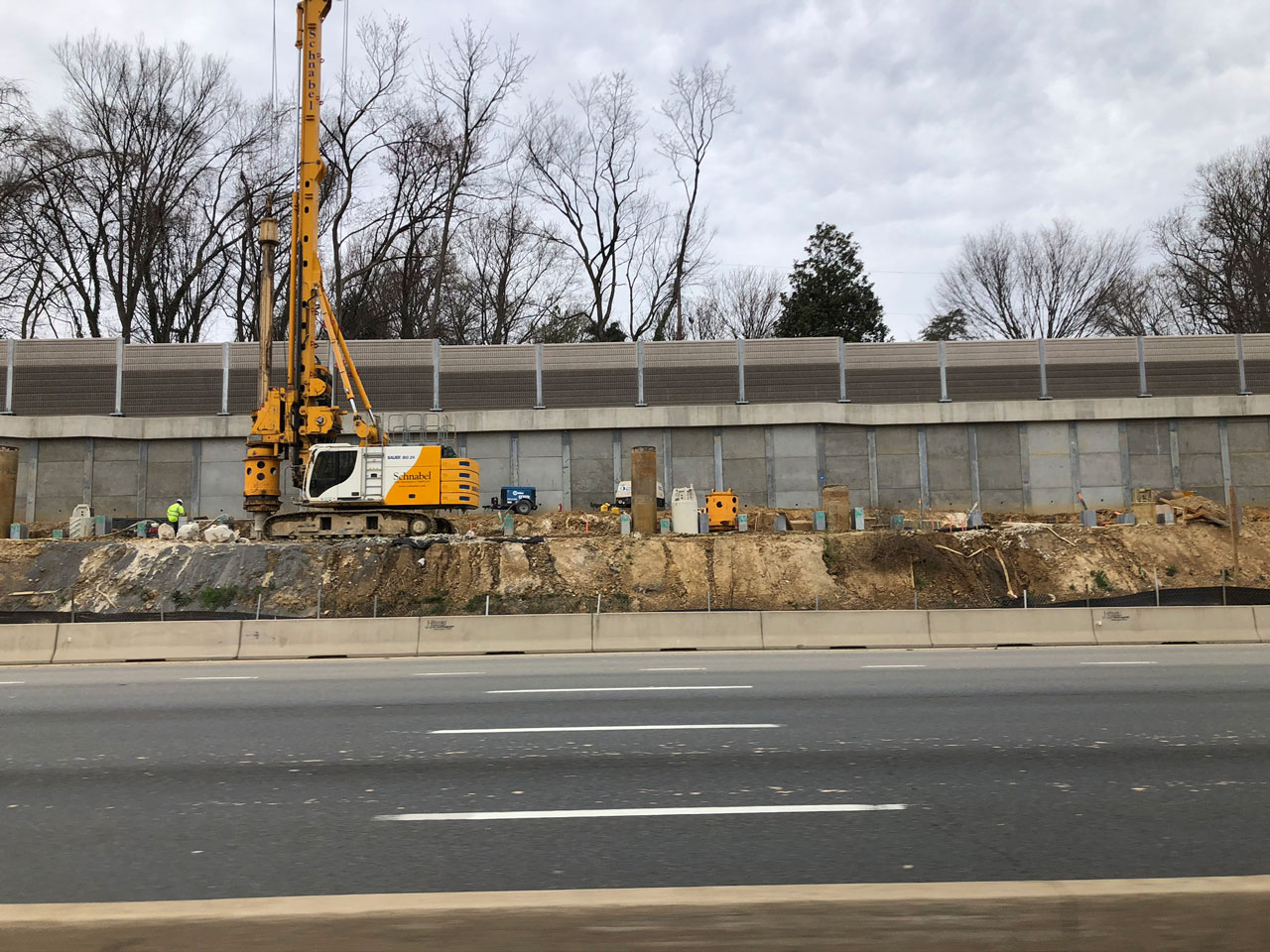
City: Fairfax
State: Virginia
Developer: I-66 Express Mobility Partners
General Contractor: FAM Construction, LLC
Project Description:
The Transform 66 Outside the Beltway project will alter Northern Virginia’s Interstate 66 into a multimodal corridor that moves more people, improves reliability, and offers new travel options. The project is a public-private partnership between the Virginia Department of Transportation (VDOT), the Department of Rail and Public Transportation (DRPT), and private partner, I-66 Express Mobility Partners, delivering transportation improvements in the I-66 corridor. The Express Lanes are scheduled to open in December 2022. Schnabel was contracted to construct a double post and panel wall along the 123SB to 66WB ramp, allowing for increased mobility along the I-66 corridor with additional lane capacity.
The wall was up to 30-feet high and had more than 500 soldier beams which required about 23,000 linear feet of drilling and over 50,000 square feet of concrete lagging. This wall will also accommodate a shared used path for pedestrians and cyclists for the local Fairfax community as part of 11 miles of shared-use trails and bike paths connecting Prince William and Fairfax counties. The project also has 23,000 SF of wall-mounted sound barriers. Appropriate foundation piers were completed prior to the delivery of the sound wall. As each panel and post is off-loaded, it is slipped into the adjacent section with a secure tongue and groove connection. Installation was completed by bolting the steel mounting plates on the foundation piers and the plates on the base of the posts. The project had two separate walls to be constructed in two separate phases. The upper wall (1,700 LF) and the lower wall (1,900 LF). The upper wall started in March 2019 and was completed in November 2019. The lower wall started in December 2019 and was completed in August of 2020. The COVID-19 pandemic presented a serious challenge for the field crew’s health and safety. However, Schnabel was one of the first companies to adapt rapidly and place measures on-site to avoid the spread on the job site for the field employees. Despite the pandemic, the Schnabel’s 66 crew was able to stay on schedule and continue business as normal.
